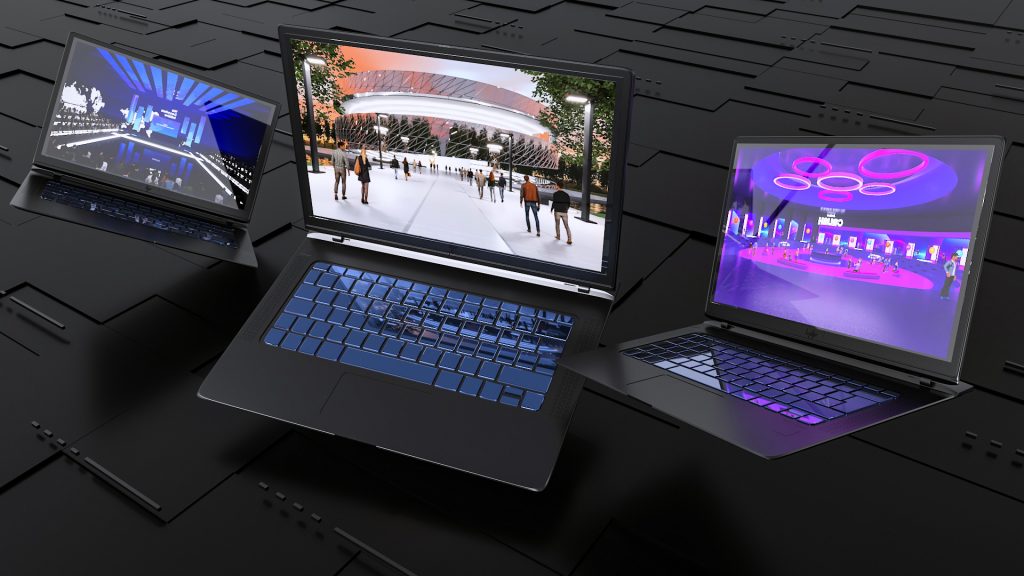
3D photorealistic content and visualization:
In today’s competitive market, captivating visuals play a crucial role in attracting customers. Photorealistic 3D product renders offer a powerful way to showcase your products, evoke emotions, and create an immersive experience for your audience. Let’s dive into the key steps for creating stunning photorealistic renders:
If you are considering marketing products, there are various options when it comes to choosing what type of content you want to create and how you want to display them.
When deciding on the route you want your campaign to go, there are several critical issues that must be answered before beginning production.
- What media platform are you making it for?
- Are you going to create images or do you need videos
- Does the final product exist for you to use with photography
- Do you want to illustrate it, photograph it or make a photorealistic 3D product renders of it in CGI
- What kind of budget do you have and what do you get for out money
- Who do you ask to get advice on what is the best way to create your idea
These are all things that clients evaluate before deciding to employ CGI to create campaign content, and in this post, we will show you how valuable CGI can be while developing your product and planning your campaign.
Understanding Photorealistic 3D Rendering
When it comes to getting the most out of my product photographs and videos, I think that having this level of creative flexibility comes in handy. When I need to create a lot of unique content for platforms such as social, point of sale, DOOH, Broadcast, and below the line, for my campaigns, I know that my initial investment in producing CGI will pay off and allow me to create what I need without having to go back to the beginning and restart parts of the image creation process, ultimately saving me money and, more importantly, time.
- Definition: Photorealistic 3D rendering produces digital images that are so lifelike they can be mistaken for real photographs.
- Applications: These renders are widely used in architectural visualization, real estate marketing, interior design, product design, and furniture catalogs.
- Purpose: Photorealistic renders evoke emotions, showcase products, and create an immersive visual experience.
Why Photorealism Matters
- Quality: Crisp, high-quality images are essential for effective marketing. Photorealistic renders ensure your products look their best.
- Competition: In a digital age, 3D renders compete with traditional photography. Photorealism sets your brand apart.
- Versatility: Photorealistic renders offer endless customization options, allowing you to tailor visuals to your brand’s unique style.
Creating Photorealistic 3D Renders
- Software and Techniques: Partner with a skilled team using industry-standard tools such as Blender, 3ds Max, or KeyShot.
- Attention to Detail: Focus on realistic textures, accurate lighting, and lifelike materials (such as wood, metal, or fabric).
- Camera Angles: Choose angles that highlight product features and create an emotional connection with viewers.
Delivery Time and Price
- Timelines: The rendering process varies based on complexity and project scope. Discuss realistic timelines with your rendering team.
- Collaboration: Regular communication with the rendering team ensures alignment with your vision.
- Budget: Balancing quality and cost-effectiveness is crucial. Invest wisely in high-quality renders.
Integration into Your Marketing Strategy
- Website and Social Media: Use photorealistic renders on your website, social channels, and product pages. Showcase different angles and variations.
- Print Materials: Incorporate renders into brochures, catalogs, and flyers. Highlight product details and benefits.
- Client Presentations: Impress potential clients during pitches and presentations with photorealistic visuals.
Remember, photorealistic 3D renders can elevate your marketing efforts, captivate your audience, and drive sales. Choose the right team, invest in quality, and watch your products come to life in stunning detail!
Contact us to learn more about how Thedigitalants, a London based 3D design studio, can help you integrate 3d creative services in your B2B marketing strategy.
